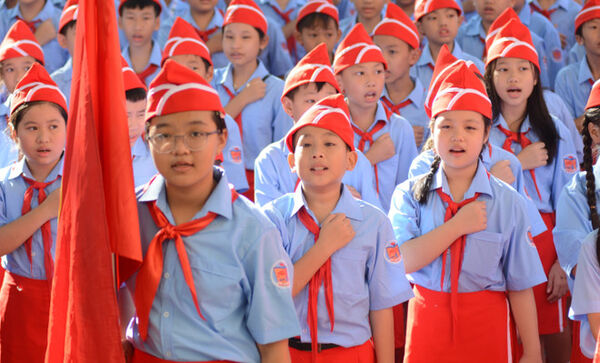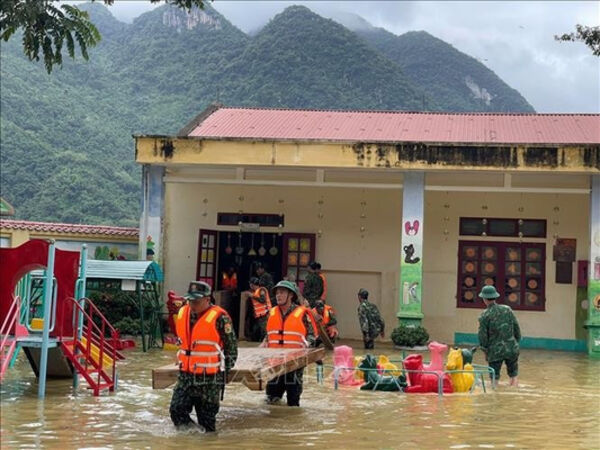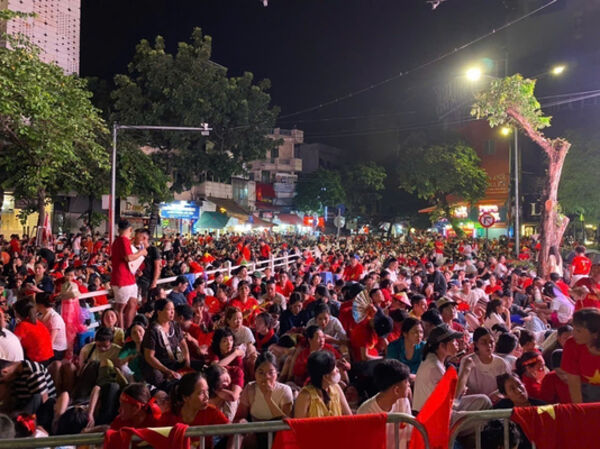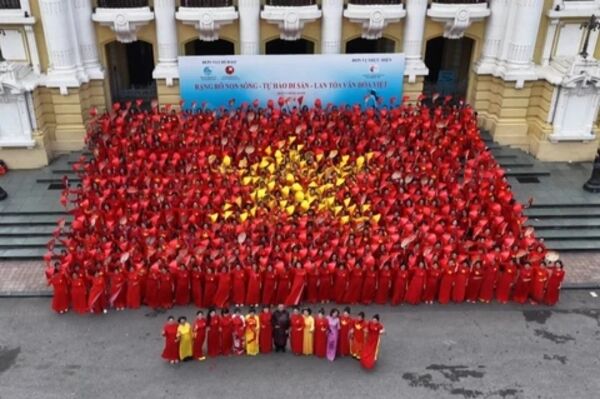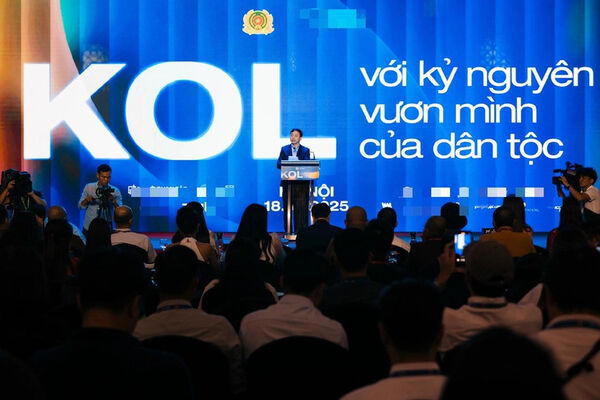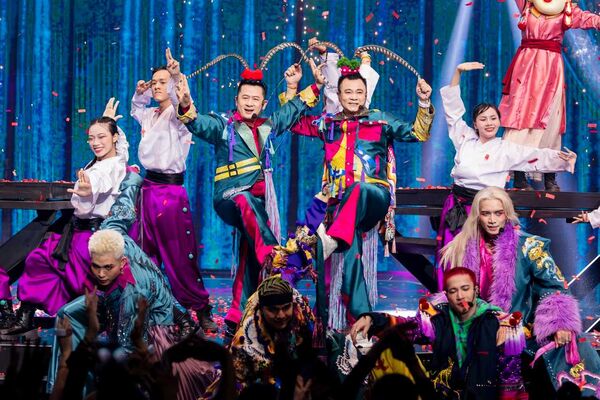 |
| The patient has been in stable condition following the transplant. (Photo: VNA) |
Hue (VNA) – The Hue Central Hospital announced on September 8 that it has successfully performed Vietnam’s first allogeneic bone marrow transplant for a child with Thalassemia, using marrow from the patient’s mother despite a blood-type mismatch.
The milestone procedure, completed on August 11, marks a breakthrough in domestic treatment of the inherited blood disorder. The six-year-old patient, now stable, was discharged on September 8.
The patient, a girl from Bac Ninh province, was diagnosed with beta-Thalassemia at six months of age and required monthly blood transfusions. Since age three, she underwent iron-chelation therapy to manage iron overload, with an MRI later revealing moderate iron accumulation in her liver.
Testing showed an 11/12 human leukocyte antigen (HLA) compatibility between the girl and her mother. The hospital’s board of directors, after consulting internal departments and Italian experts, approved the transplant, navigating the complexities of the blood-type mismatch.
In Vietnam, mismatched blood-type transplants often require additional steps, such as red blood cell depletion or Rituximab administration. Here, doctors employed an immune-tolerance strategy, gradually introducing the mother’s blood type into the child while administering fluids and anti-allergy medication to minimise risks.
“This is our third mismatched blood-type transplant for Thalassemia, but the first in Vietnam involving a mother-to-child case”, said Prof. Dr. Pham Nhu Hiep, the hospital’s Director.
The patient faced complications, including infection, bladder bleeding, and mild graft-versus-host disease affecting the skin. Intensive monitoring and advanced equipment ensured her recovery, with her condition steadily improving post-transplant.
Thalassemia, a prevalent hereditary blood disorder in Vietnam, affects 2,000 to 2,500 children annually with severe forms. Patients rely on lifelong transfusions and iron removal therapy, which can damage the heart, liver, kidneys, endocrine system, and bones, placing heavy financial and emotional strain on families and the healthcare system.
Only about 20% of siblings share compatible HLA markers, while the odds of a child matching with a parent are as low as 5%, necessitating distinct conditioning regimens for parent-donor transplants compared to sibling donors.
Since 2019, the Hue Central Hospital has conducted pediatric stem cell transplants, initially for solid tumors like neuroblastoma and retinoblastoma, before expanding to allogeneic transplants for Thalassemia. In September 2024, it became the first hospital in central Vietnam, and the second nationwide, to launch Thalassemia treatment using stem cell transplantation.
To date, the hospital has conducted 61 pediatric stem cell transplants, including 11 for Thalassemia patients. It is also the first in Vietnam to complete 11 allogeneic transplants for the disorder within a single year, with all patients now free from transfusion dependency.
To meet growing demand, the hospital opened two new transplant rooms in August 2025, doubling its capacity to treat four children simultaneously. Looking ahead, it plans to introduce haploidentical transplants, using partially matched family donors, which could expand curative options for thousands of patients without fully compatible relatives./.
